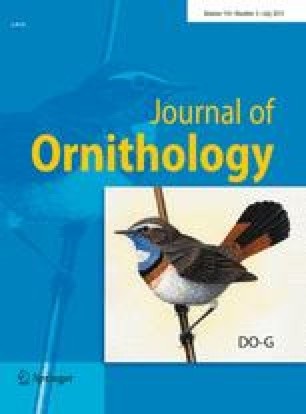WALKER– Who pays the bill? The effects of altered brood size on parental and nestling physiology
Emily Cornelius Ruhs, François Vézina, Morgan A. Walker, & William H. Karasov
Article first published online: 4 OCT 2019 Journal of Ornithology
DOI: 10.1007/s10336-019-01715-1
ABSTRACT: Current life history theory suggests that during times of extreme energetic demand, animals may need to trade off physiological capacity of certain functions to maintain other more important biological functions. This might be especially true during reproduction, as parents try to balance their current reproductive demands with the maintenance of themselves and their offspring, while also considering their future fitness. Here, we experimentally manipulated the brood size of black-capped (Poecile atricapillus) and boreal (Poecile hudsonicus) chickadees, giving them ?±?2 nestlings (increased/decreased group) or leaving their nest at the same size (without manipulation; natural comparator group). Parents did not adjust their field metabolic rate to reflect the new brood size; however, nest visitation rate was higher in the decreased group. We found little difference between groups in terms of parental body composition or inflammatory response, with the exception that parents in the decreased group had a higher mass. Nestlings in the increased brood group had lower masses over the course of growth, including right before fledging. The manipulation also appeared to have an impact on tarsus length, but was best explained by a combination of group, species, hatch order and interactions. Nestlings in the decreased group had lower circulating IgY antibodies , but the manipulation had a minimal impact on inflammatory response. We found that, when parents were challenged to work harder, instead of altering aspects of their own physiology, the parents pushed the costs onto their nestlings, resulting in lower quality offspring.
Read the full publication at Journal of Ornithology
